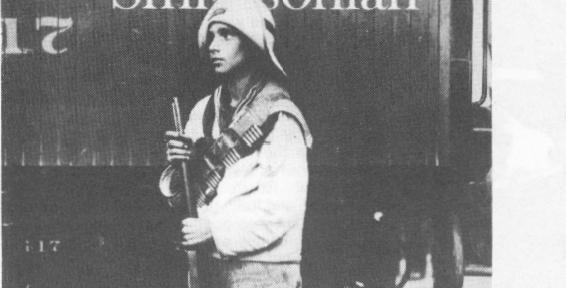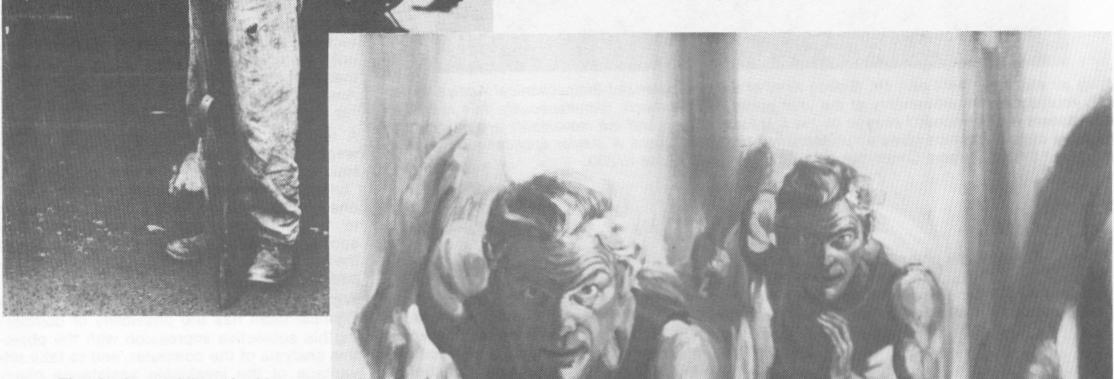| Index | Next |
![]()
The timeless striving of athletes to break records of the past and extend limits of human performance is symbolized in the painting, by Guy S. Fairlamb, of a runner who is competing in a race against himself.
By analyzing many neuromuscular
functions with treadmills, test tubes and
computers, researchers are learning what
it takes to win.
The skies above Olympic Stadium in Mexico City threatened a mid-afternoon rain as long jumper Bob Beamon, representing the United States in the 1968 Olympic Games, sucked deep breaths of the thin air and gazed at the takeoff board more than 100 feet away. He had fouled twice (luring the previous day's qualifying round, and he told himself one thing: "Don't foul. Don't foul." Accelerating down the path, lie reached a speed of approximately 24 niph, hit the board perfectly and converted his speed to an upward and outward thrust, the torque and force lifting his
By Jay Stuller
Sports scientists
train athletes
to defy old limits
body five and a half to six feet in the air. He kicked his legs, running in space, raised his knees to an awkward, froglike position and then stretched them forward as lie hit the sand in the pit. "It felt like a regular jump," Beamon said later. But it wasn't.
According to Dr. Frnst ]okl, a neurologist and professor emeritus of physiology at the IJniversity of Kentucky, it was "a mutation performance." Other physiologists claim it took forces that could have torn the athlete's muscles and broken his bones. Beamon's jump carried him an amazing 29 feet, 21/2 inches,
SMITHSONIAN July 1980




![]()
| Index | Next |